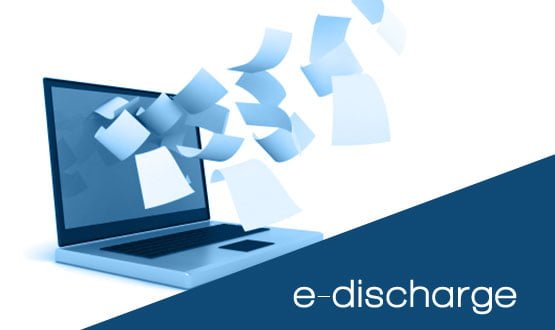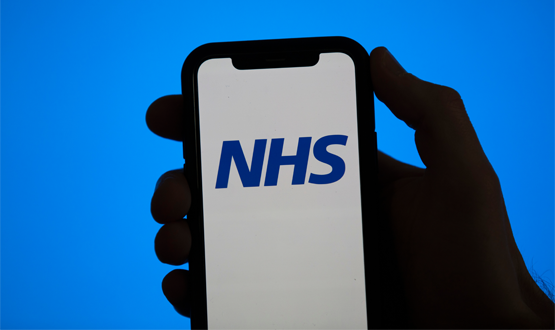October target for e-discharge
- 6 July 2015

NHS providers must send discharge summaries to GPs electronically by October this year, NHS England has said.
Organisations currently use a combination of secure email and fax, post and electronic messaging to send discharge letters to GPs. From 1 October, only email and e-messaging be acceptable under the standard NHS contract.
Inderjit Singh, head of enterprise architecture at NHS England, said the target is part of the call to action around moving off paper towards digital, outlined in the strategy – Personalised Health and Care 2020.
He said the focus last year was on use of the NHS Number as the main patient identifier and e-discharge is a key focus for this year.
“CCGs need to have confidence in their localities that by October, providers are able to send their discharges electronically. Already a significant number do this electronically so this is about moving that bar up across the system,” he said.
Singh said a sample of 70 trusts revealed that more than half were already using e-messaging. The October target is part of a journey which will ultimately end in them sending and receiving structured electronic messaging.
The structured messaging element is not a requirement under this year’s contract, but will be in next year’s.
“This is the first step in that digital journey around moving from paper to electronic, then moving to electronic structured messaging in order to realise benefits around patient safety, outcome and experience,” he said.
Failure to deliver on the e-discharge target will form part of discussions between commissioners and providers regarding whether contractual commitments have been fulfilled.
Commissioners are already able to withhold funding from providers that fail to use the NHS Number on patient documentation. Singh said he was not aware of any commissioners enacting this, but feedback is that the push has increased recognition of the importance of the NHS Number.
Singh said the discharge target should prompt local organisations to look at how moving to electronic messaging will affect their end-to-end work flows.
“There’s some key questions we want people to start asking themselves around understanding their readiness to receive e-discharges and that’s as much about business flow and process as it is around the technology,” he explained.
A previous target was in place for all NHS trusts to send discharge summaries to GPs within 24 hours from April 2010, however this was missed. Singh said NHS England is working hard with a variety of organisations to ensure e-discharge is a priority.
“We need to come at this from both the sender and receiver end and have incentives and levers and standards in place as well as the technical capability,” said Singh.
NHS England has been working with primary care leaders on getting practices ready to receive discharges electronically and with GP IT vendors on providing functionality to be able to send structured messaging directly into the GP systems.
It is also looking at potential use of the Spine to send electronic information outside of an organisation’s local area.
The Health and Social Care Information Centre has worked closely with the Professional Records Standards Body on creating an ITK specification for e-discharges.
HSCIC head of implementation – transfer of care, Keith Naylor, said the first release of the specification was in March and reflects the narrative headings agreed upon and tested by the PRSB.
Another release, due in a fortnight, will include the ability to transfer coded allergies, procedures and diagnoses. A further release next March will allow the exchange of medicines information.
Naylor said the HSCIC is also working on transfer of information between different domains such as ambulance, NHS 111, referrals and outpatients.
He said standardisation of coded information from referral letters to discharge letters and back into the GP system will create a “virtuous loop” of patient information.




